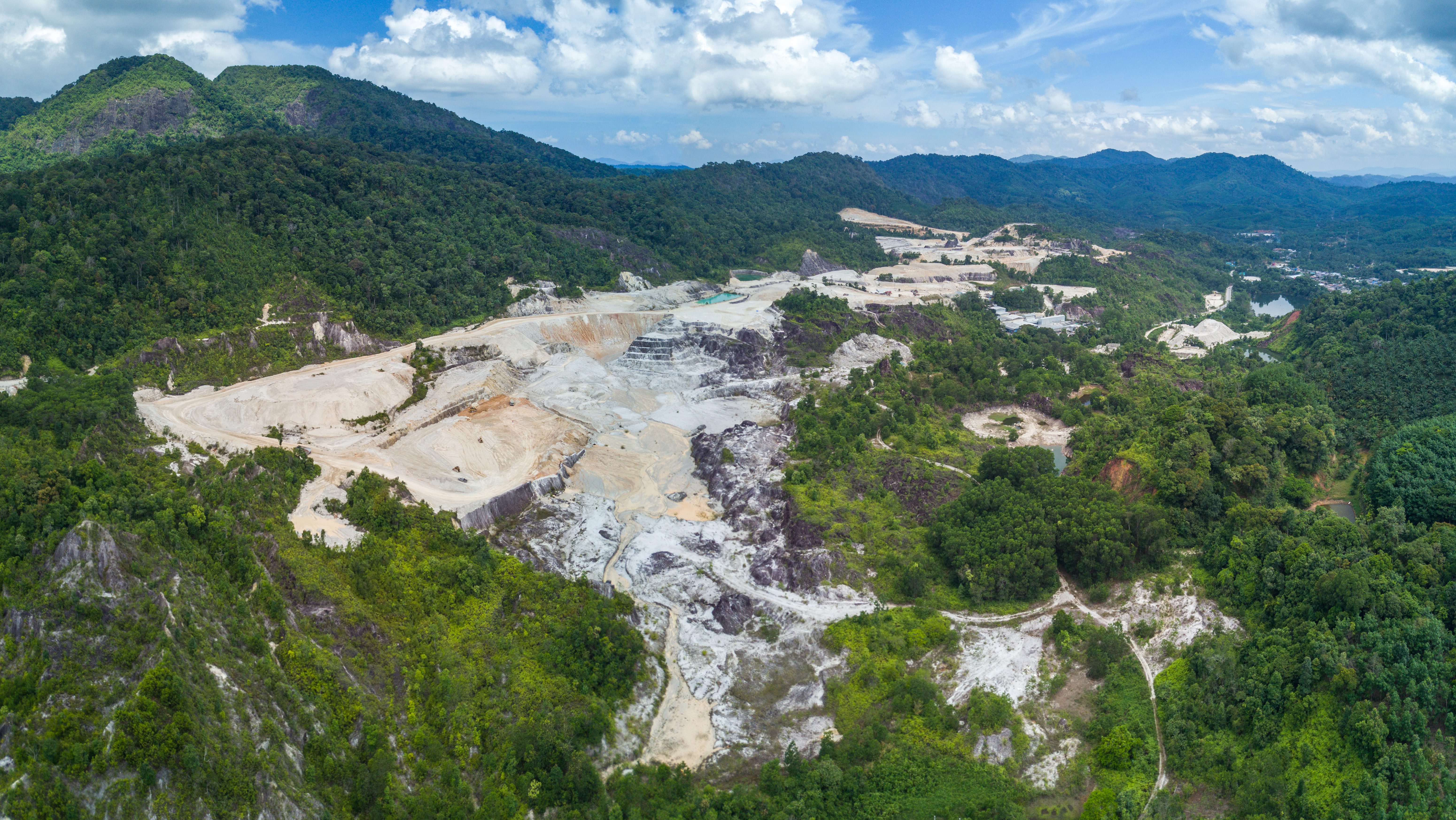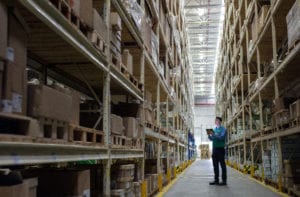Although increased energy consumption has helped foster economic development and higher living standards, achieving this progress has come at a steep environmental cost. Emissions-driven global warming has altered weather patterns and heightened concerns surrounding rising sea levels, destructive storms, and disruption to crop yields. As a result, industries across the globe are under intense pressure to reduce their carbon footprint, and sustainable Mining, Minerals, and Metals operations have become a focal point for both government regulators and consumers.
However, the Mining, Minerals, and Metals firms find themselves in a challenging situation. Their operations are, by their very nature, energy-intensive. Luckily, the recent wave of Industry 4.0-related trends have presented stakeholders with the means for lowering CO2 emissions by powering their infrastructure with greener energy and by migrating to greener operations.
Four approaches that ease the transition to sustainable Mining, Minerals, and Metals
Regulatory pressures, marketplace perceptions, and a desire to reduce greenhouse gas (GHG) emissions have prompted Mining, Minerals, and Metals industry operators to more actively pursuing opportunities that reduce energy consumption and help them become more sustainable industries. Companies like Schneider Electric support these efforts by developing and implementing innovative energy management infrastructure technologies. Also, new off-balance-sheet financing mechanisms are helping to remove the obstacle of high up-front capital investments sometimes associated with energy efficiency initiatives. Such approaches enable companies to use the energy savings derived from the new technologies to pay for the investment over time, using the OpEx savings to fund the capital expense.
Below are four ways digital technologies can help Mining, Minerals, and Metals industry stakeholders evolve to lower-emissions operations:
- Optimized power system design – Energy systems that traditionally provide power and/or backup power to remote Mining, Minerals, and Metals worksites often include diesel generators. Over time, diesel consumption and related maintenance drive high environmental and financial costs. To reduce these costs and lower CO2 emissions, new cleaner and more reliable alternatives are presenting themselves.
One example of such a solution is the recent partnership between Schneider Electric and Wärtsiliä to create a sustainable uninterrupted power solution for the most remote lithium mines in the world. The holistic fit-for-purpose power system includes tailored power supply consulting and design, power infrastructure build, equipment delivery, installation, digital microgrids operation, and commissioning available to mining operators worldwide. The joint solution optimizes the efficient delivery and use of energy. It unifies and leverages microgrids, thermal power generation, energy storage, and other renewable energy sources to provide a highly cost-effective power solution with a minimal environmental footprint for the mining industry in those remote areas with difficult access to energy, delivering an average 27% CapEx saving and 20% CO2 reduction.
- Pre-fabricated E-House modules – An E-House is a pre-configured and pre-packaged modular electrical and control center enclosed in a container at the factory. The equipment residing within the module–smart transformers, uninterruptible power supplies (UPS), busways, MV switchgear, LV switchboards, variable speed drives (VSD), HVAC and control systems–are all digitally connected to enable remote monitoring. Such systems allow for much more efficient energy distribution. These self-enclosed solutions are pre-designed with sustainability and safety in mind, meet international standards and local regulations, and can be rapidly configured and delivered to accommodate aggressive project implementation timelines.
- Advanced asset management – As key Mining, Minerals, and Metals assets age, component wear leads to less efficient operations and higher instances of failure. Digital tools, such as EcoStruxure Asset Advisor, offer the ability to anticipate and address equipment performance issues before they become critical incidents, thereby mitigating safety risks, avoiding unplanned downtime, and the related energy-intensive and time-consuming restart procedures. It helps also extend the asset lifecycle, reducing waste.
- Digitized power quality analysis– Cloud-based tools now can help operations managers quickly sift through power system data using advanced algorithms that offer new insights into hidden problems. Tools such as EcoStruxure Power Advisor, for example, can identify issues such as poor power factor, blind spots caused by unmetered loads, transformer overcapacity, and excessive voltage harmonics. Quickly addressing these issues through a cloud-based diagnostic service lowers overall energy consumption while improving power system reliability.
Digitization measures that improve yield efficiency of green operations
As energy consumption is reduced via digitization tools that enhance electrical systems efficiency, a broader scope of digital-driven production efficiency tools can help further supplement CO2 emission reduction efforts through enhanced operations. Digital architectures are now in places that allow Mining, Minerals, and Metals industries to more easily integrate information technology (IT) and operations technology (OT) across multiple systems and sites. These digital architectures, such as EcoStruxure Plant Advisor, have been put into place to deliver real-time insights across information silos and are focused on monitoring the critical KPIs needed for business optimization, allowing optimizing resources usage such as energy Core production and business risks can be controlled in real-time via cloud, edge, and on-premise solutions. Operators can view cloud-connected critical data anytime, anywhere from any device. Resiliency and visibility are improved through live sensor data, predictive analytics, and smart alarming. Operators also have access to experts who monitor connected assets 24/7.
Other approaches such as integrated operations management help to more easily capture and analyze energy data across the various stages of the value chain and optimize the usage by reducing waste such as unnecessary processing stops and starts and coordination between processes. As a result, sustainability reporting becomes significantly more precise. This data enables the generation of an energy consumption baseline, balancing energy distribution within the plant, documentation of energy performance data, comparison of facilities to each other, and analysis of how energy-saving initiatives and investments drive positive sustainability impact.
For more information
To learn more about how Mining, Minerals, and Metals companies can accelerate their carbon emissions reductions, download the new Schneider Electric e-guide “Five innovative approaches to resource sustainability.”




